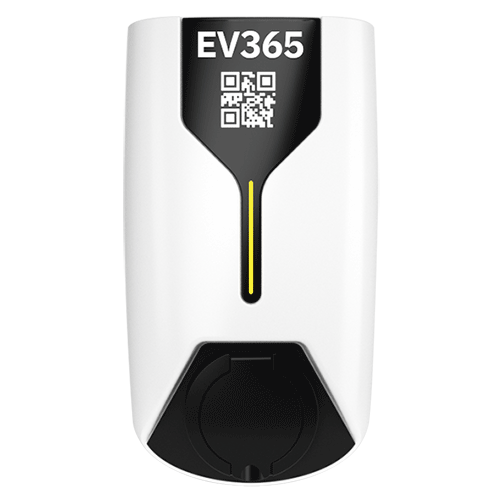AC and DC chargers. What are the differences?
11 January 2022
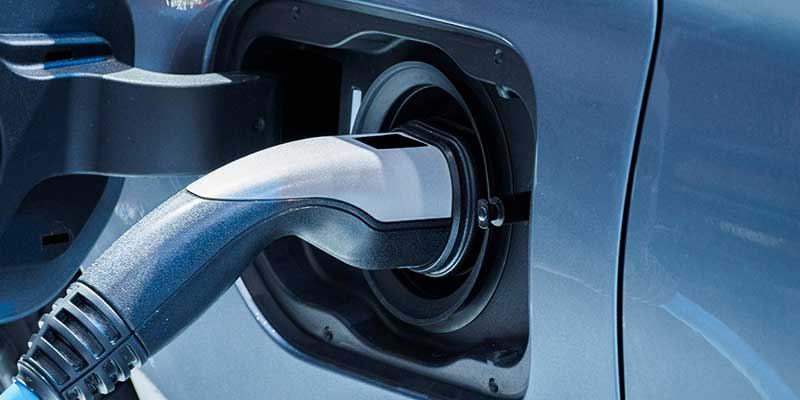
Are you planning to buy a charger for your electric car? Do you want to make money by providing charging services, but don't know which charger to choose? Have you heard something about AC and DC chargers, but it doesn't tell you much? It is very simple! We will explain to you what are the main differences between AC chargers and DC super fast charging stations.
Alternating current (AC) and direct current (DC)
Have you watched the movie "The Current War" depicting the famous rivalry between Edison and Tesla over which type of electricity is likely to revolutionize the world? If you have explored your knowledge in this area, it certainly doesn't need to be explained to you. However, if you haven't come across the topic before, then in order to understand what really differentiates AC chargers from DC chargers, we need to understand what alternating current and direct current are. This is not about giving complicated physics definitions, but generally outlining when we are dealing with alternating current and when we are dealing with direct current.
The symbol AC stands for alternating current. This is the electric current, which is commonly found in power grids, and thus in household sockets - in single-phase (230V) or three-phase (400V) systems. The symbol DC, on the other hand, denotes direct current. This is the current that occurs, for example, in batteries and accumulators. This current is also generated by photovoltaic installations. The graph of the voltage of the first looks like a wave (voltage changes over time), while the second looks like a straight line (voltage is constant despite the passage of time).
AC and DC Charging Stations
You already know that there is direct current (DC) in batteries and accumulators. This is no different for batteries in electric cars. The current stored in them is in the form of direct current. So to charge such a battery you need a source of this current. So the question is - where to get direct current from when alternating current is flowing in power grids, switchboards and sockets? Special devices called voltage converter are used for this purpose. Generally - its task is to change the voltage from alternating to direct or from direct to alternating. Do you have photovoltaic panels at home? So you must have also mounted inverter. This is nothing but an inverter, which changes the direct current, generated by photovoltaic panels, to alternating current, which is one that can flow freely in your electrical system.
And here we come to the point. Electric cars give us the possibility of normal charging and fast charging (depending on the model and brand). Normal charging takes place with the help of AC chargers. Their task is only to collect alternating current from the network and deliver it to the electric car in a safe way (they are called EVSE - electric vehicle supply equipment). Every electric car has a built-in inverter. Depending on the model, it may be single-phase or three-phase. So, the inverter takes the alternating current supplied by the AC charger, turns it into direct current, which is then transported and accumulated in the battery. As you can see, most of the work here takes place inside the electric car.
EV365 Model AC2 Charger
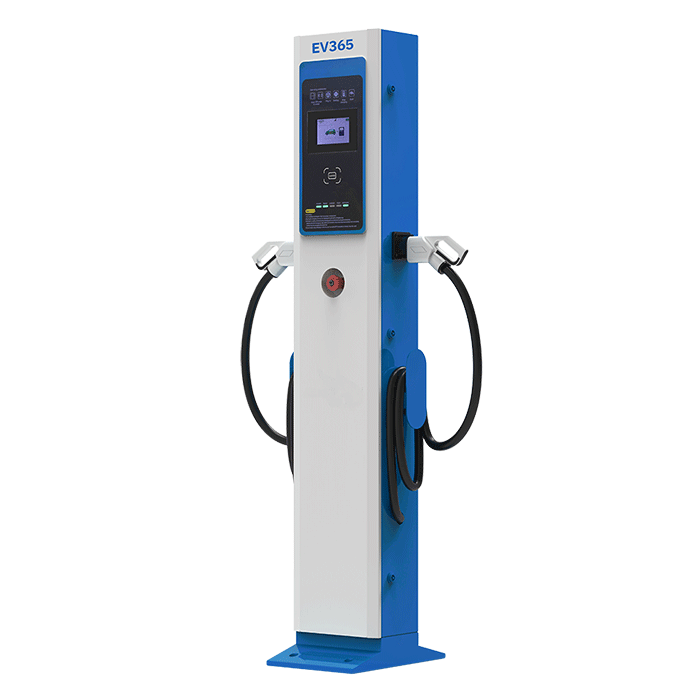
EV365 Model AC1
EV365 Model AC2
EV365 Model AC3
However, inverters in electric cars have their limitations due to their weight and size. For these reasons, they do not have a lot of charging power, which most often reach up to 11 kW. So if you need to charge your car very quickly, this can be problematic with an AC charger. However, DC chargers come to the rescue. These chargers have their own inverters. So a DC charger takes AC current from the power grid, turns it into DC current, which is then delivered directly to your electric car's battery. As you can see, in the whole process the inverter located in the car is omitted, and the work is done inside the charging station. DC chargers are not limited as it is the case with on-board chargers in electric cars, so their power can reach much larger sizes, up to 250 kW.
EV365 Model DC2 Charger

EV365 Model DC1
EV365 Model DC2
Plugs for normal and fast charging
You already know the difference between AC and DC chargers. There is one more important thing you should know - there are different charging plugs for fast charging and normal charging. The five large holes (called pins) correspond to each phase (L1, L2, L3), neutral (N) and protective (PE). The two pins on top are responsible for communication between the charger and the electric car. A plug that is less common anymore is the Type 1 plug.
Type 2 plug:
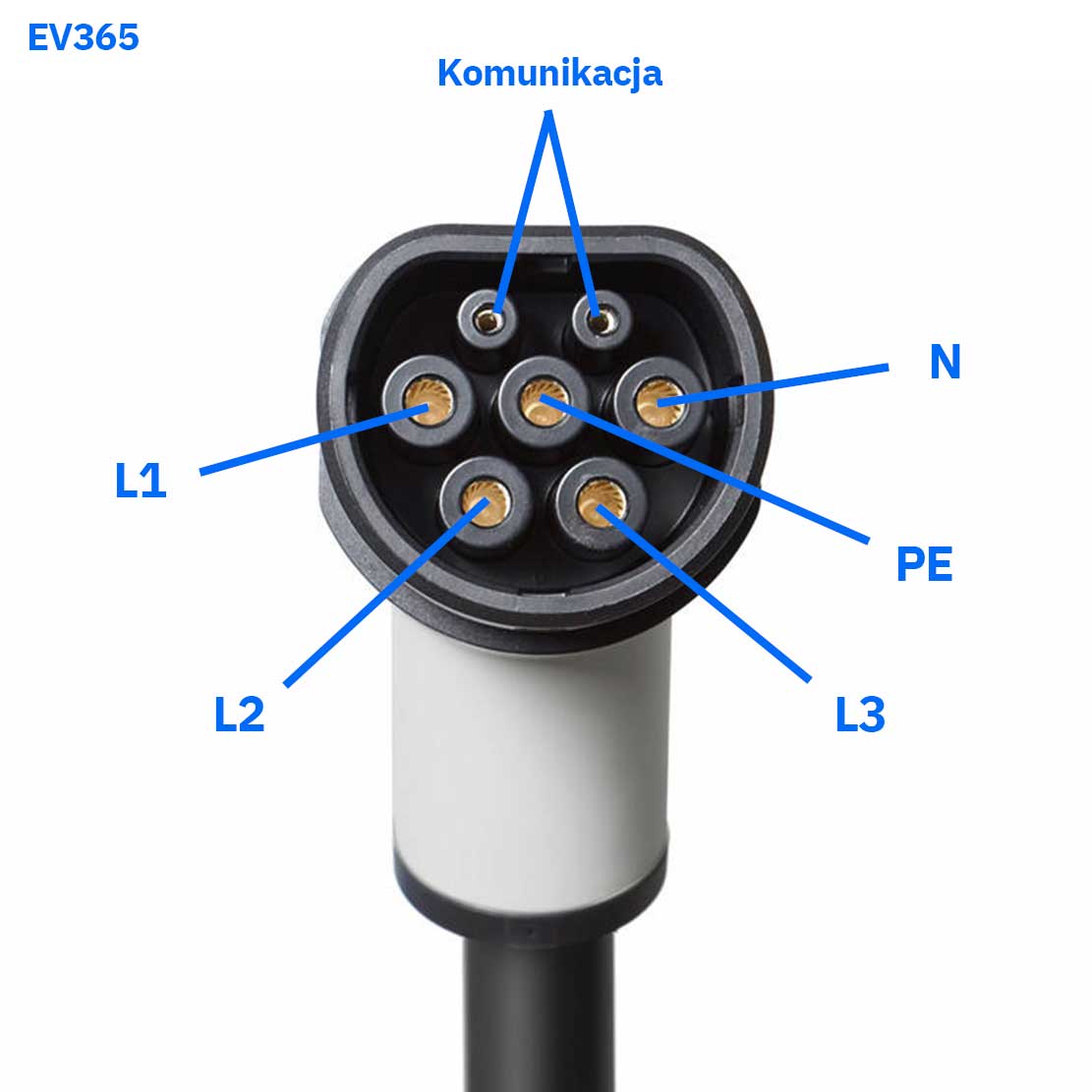
For fast charging, i.e. direct current, there are CCS-2 (Combined Charging System) plugs. It looks quite similar to the Type 2 plug, except that at the bottom you can see an additional section with two pins. The holes correspond to the two poles responsible for the potential difference - plus (positive pole) and minus (negative pole). At the top, as in the case of the Type2 plug, there is a pin responsible for grounding (PE) and two pins for communication. The CHAdeMO plug is also used for fast charging, but it is practically not used in new models produced in Europe.
CCS-2 plug:
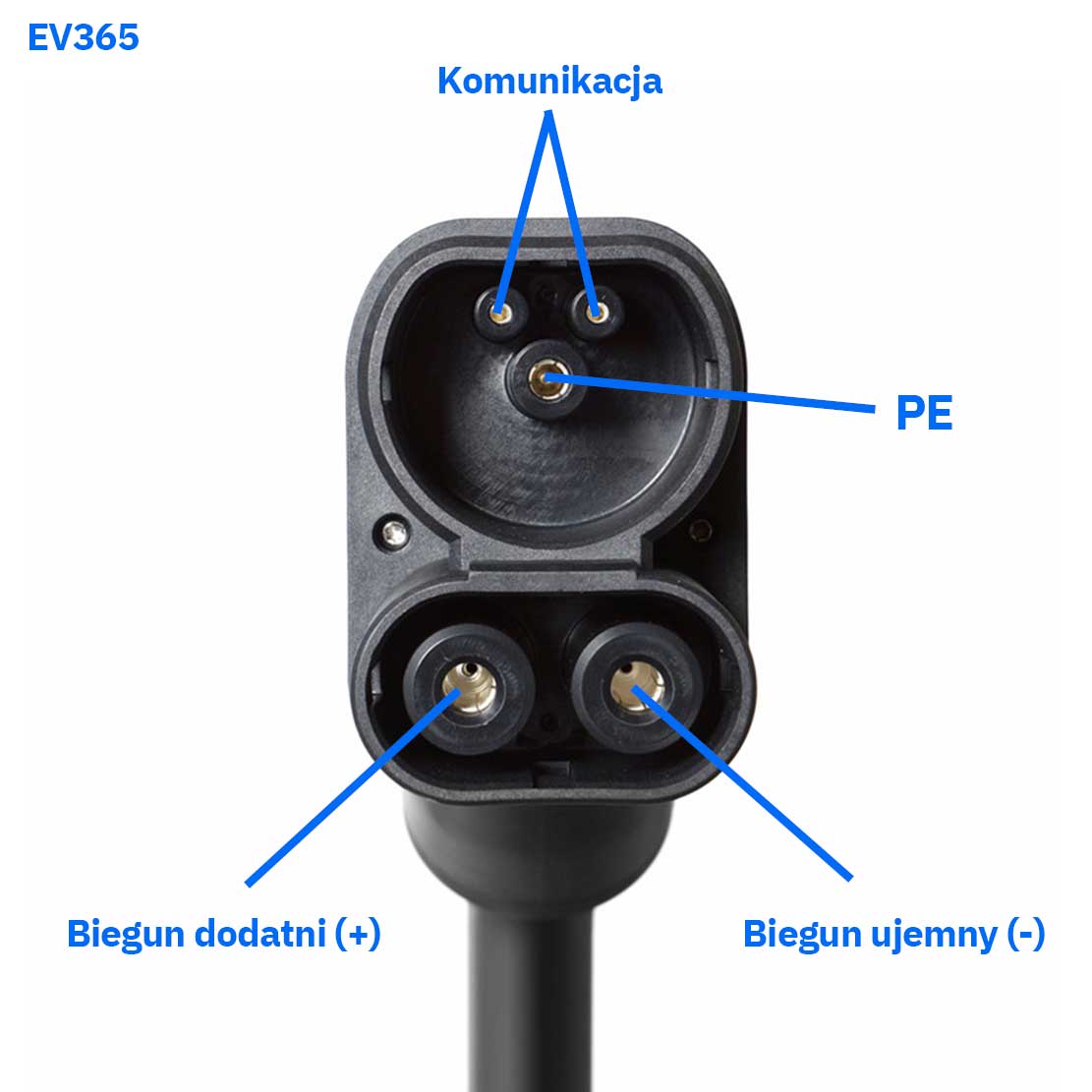
EV365 - AC and DC Chargers
After reading this article, you should already know the difference between AC and DC chargers. Do you have additional questions? Contact the EV365 team. We can help you choose the right charger model for your needs and technical conditions. We offer both AC chargers and super fast DC chargers. Choosing a charger is an important decision, so please consult with us in advance.
Source: Own study

Nowelizacja ustawy o elektromobilności. Duże zmiany na rynku ładowania pojazdów elektrycznych.
Big changes in the electric vehicle charging market! On December 7, 2021 the President of the Republic of Poland signed the Act on amending the Act on electromobility and alternative fuels and some other acts.
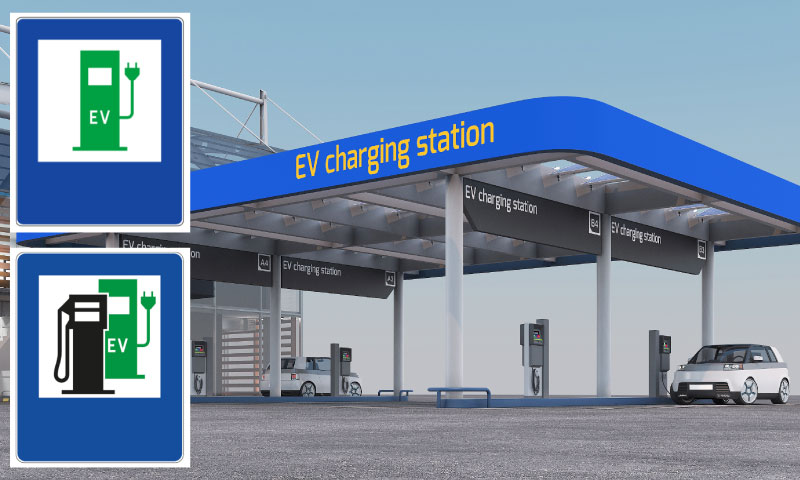
New road signs for EV charging stations
From 2 December 2021, the provisions of the Regulation of the Ministers of Infrastructure and Interior and Administration of 12 October 2021 amending the regulation on road signs and signals came into force.
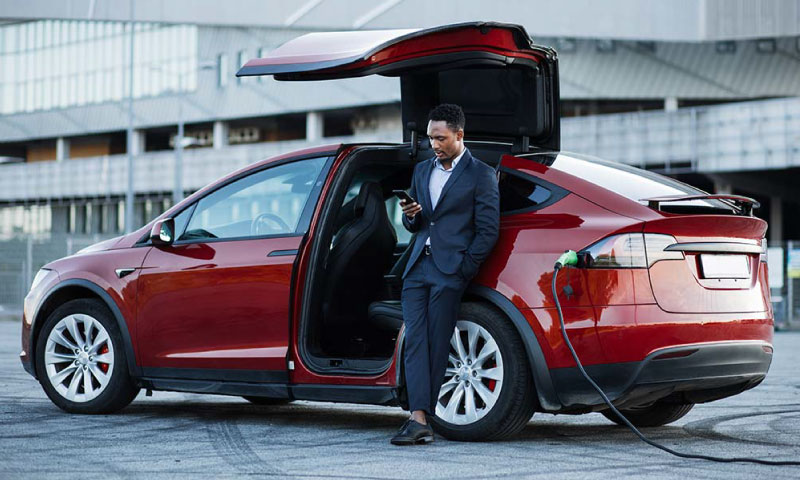
Subsidies for leasing electric vehicles under the "Mój elektryk" program. What is the amount? Who is eligible?
Bank Ochrony Środowiska S.A. signed first agreements with financing companies, thanks to which customers of them will soon receive subsidies to payments for leasing electric vehicles.


 Poland
Poland 